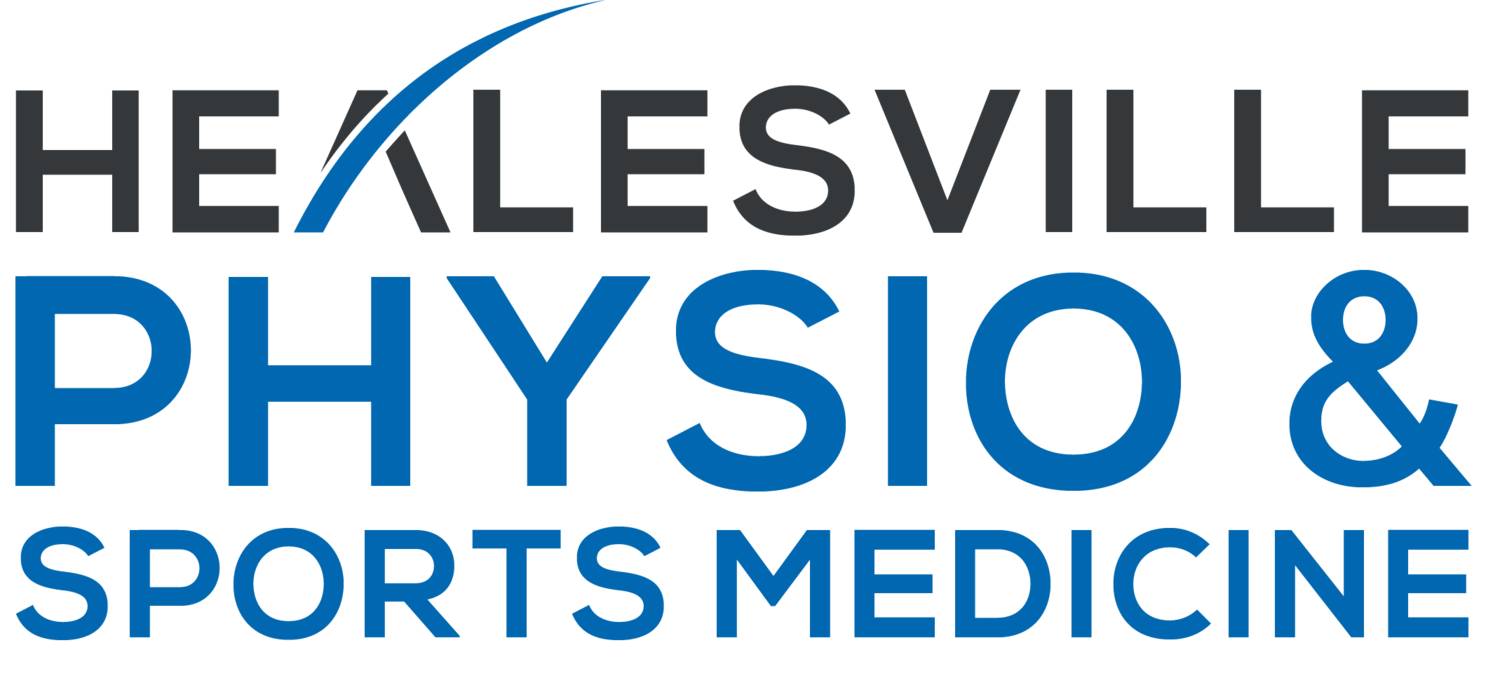What is Hamstring Tendinopathy?
Hamstring tendinopathy is characterised by pain described as a deep ache or sharp pain, located at the back of the thigh under the gluteal fold (buttock crease). The pain originated from the hamstring tendon attached to the bone called the ischial tuberosity. Tendinopathies develop gradually over time usually due to increased load or repetitive movements that cause excess compression or stretching of the tendon. The increased exposure of the hamstring tendon to these stresses can lead to microscopic changes in the tendon structure that result in reduced function, stiffness and pain. This condition is very common in athletes is sports that involve kicking or jumping, runner and sprinters and also people who sit for a long time such as drivers or desk workers.
Common misdiagnosis:
Referred pain from the lumbar spine: The location of the pain is similar to hamstring tendinopathy; however the aggravating factors are related to spinal movements which is unlike hamstring tendinopathy presentation.
Ischial bursitis: This pain which is provoked by inflammation of the bursa (fluid filled cushion protecting the muscles from bones), also has a similar pain location to hamstring tendinopathies, however the pain is less activity dependent.
Hamstring muscle strain: Pain may be present at a similar location as hamstring tendinopathies however it usually isn’t as close to the tendon. The strain is also usually bought upon by a specific event, unlike hamstring tendinopathies which develop gradually.
How a physiotherapist can help:
Education: It is important for patients to understand activities to avoid as they could potentially aggravate the tendon again, hence prolonging the length of rehab. Activities to avoid include sitting for long periods, walking down hill, talking long strides and bending over. Activity modification techniques may also be taught such as using a cushion when driving or sitting.
Manual therapy: Manual therapy or soft tissue work can provide short term pain relief and increased range of motion, providing you with the opportunity to complete your rehab exercises effectively.
Shock wave therapy: This tool can assist with promoting healing properties of the tendon and should assist with pain reduction.
Exercises: Provision of appropriate glute strengthening exercises, to shift excess load off hamstrings. Progressive Hamstring strengthening exercises that cause minimal aggravation of the tendon. Loading is extremely important in the rehabilitation of tendon problems and your physiotherapist will be able to appropriately guide you through each stage of the process.
Gait (walking pattern): Ensuring natural compensatory mechanisms that cause abnormal gait patters and correct to prevent further issues. In some cases, seeing a podiatrist for custom orthotics can be beneficial.
References:
Goom, T. S., Malliaras, P., Reiman, M. P., & Purdam, C. (2016). Proximal hamstring tendinopathy: Clinical aspects of assessment and management. Journal of Orthopaedic & Sports Physical Therapy, 46(6), 483–493. https://doi.org/10.2519/jospt.2016.5986
Reiman, M. P., & McGovern, R. P. (2017). Rehabilitation and prevention of proximal hamstring tendinopathy. Current Sports Medicine Reports, 16(3), 162–171. https://doi.org/10.1249/JSR.0000000000000361
Sherry, M. A., & Best, T. M. (2010). A comparison of 2 rehabilitation programs in the treatment of acute hamstring strains. The American Journal of Sports Medicine, 38(2), 301–307. https://doi.org/10.1177/0363546510379324
